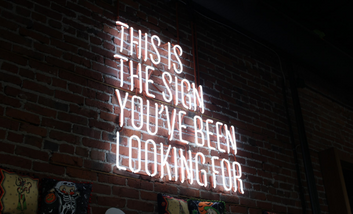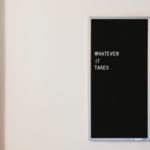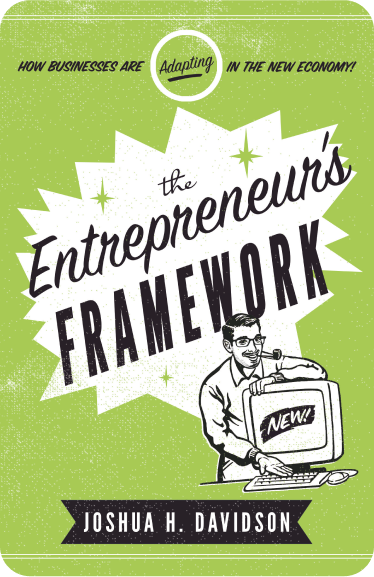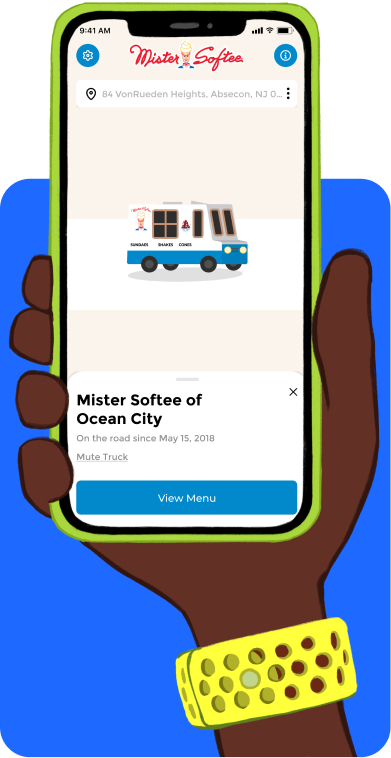It’s no secret that subscription-madness has swept the market — but this monetization strategy has stretched far beyond the confines of the entertainment industry to impact our daily routine. Subscription culture is everywhere.
You can subscribe to apps, websites, online stores, many monthly curation boxes — even real-life activities.
So, what does this mean for you as an app creator, company, and consumer?
And why are consumers starting to get tired of it?
Let’s take a look.
Why Did Subscriptions Take Off At First?
These days, it feels like you can subscribe to almost anything — from audiobooks and razors to a ‘Bacon of the Month’ Club. But, why?
Traditional approaches to marketing and media used to be enough to get consumers to buy, but they are no longer as effective.
Consumers have been empowered to find out exactly what they like and value, and they’re incentivized to not spend any time on that which does not appeal to them.
It’s likely that these 3 things have played a huge role in the rise of subscription culture.
1. In a world of overwhelming choice and possibility, subscriptions can help consumers navigate the noise to get what they really want.
2. Subscription implies exclusivity and belonging — things that many users crave on a basic human level.
3. Subscriptions offer businesses reliable income in a chaotic landscape.
Subscriptions can offer members value, convenience, curation, guided purchasing decisions, and much more.
Entertainment by Subscription
place subscriptions have a large and well-known presence is in entertainment, of course.
Netflix is perhaps the subscription service.
You basically cannot talk about subscription services without mentioning it. At the end of 2019, Netflix had more than 167 million paying subscribers worldwide.
In the last year, Disney also launched their own much-anticipated subscription service, Disney+.
The plethora of entertainment subscriptions out there means they are also becoming increasingly more niche, too.
If you love documentaries, you can log in to CuriosityStream, which delivers exclusively non-fiction documentaries via subscription. If you love horror and thrillers, you can download AMC’s Shudder app, a similar subscription service delivering 24-7 chillers.
Subscription culture has led to the rise of hyper-specificity. The “riches in the niches” have become more lucrative than ever.
Cable networks and even movie theaters are all taking note — partly, thanks to the now-defunct MoviePass app’s valiantly misguided attempt to corner the moviegoing market. AMC theaters has AMC AllStars. CBS has their own subscription service, the CBS All-Access app, much to the ire of general cable tv viewers. Even NBC now has an app.
In 2019, Regal launched its own subscription service via app, where subscribers can pay between $18 and $23.50 a month (depending on their location) to watch unlimited movies.
But subscription culture has extended far beyond just the world of entertainment in both big and small ways.
More Than Unlimited Entertainment Content
Online shopping has drastically changed retail and commerce.
A big chunk of that change is thanks to Amazon, who has almost single-handedly turned digital shopping into a “subscribe-able thing”.
Of course, Amazon offers yearly Amazon Prime memberships for access to free one-day shipping and deals, but that’s not all.
They also offer subscriptions to almost everything which you can experience digitally.
This includes Kindle Unlimited, which is $9.99 monthly and acts like Spotify for ebooks. It also includes AmazonFresh and PrimePantry, monthly subscriptions to allow you to have fresh produce and other foods delivered right to your door regularly.
Altogether, Amazon offers roughly a dozen subscription services for different aspects of life and entertainment.
Outside of giants like Amazon, start-ups around the world are responding to subscription culture in a big way.
Did you know there is even a start-up that’s made waves by working to turn the experience of emailing into a subscription service?
Would You Subscribe To Your Own Email Account?
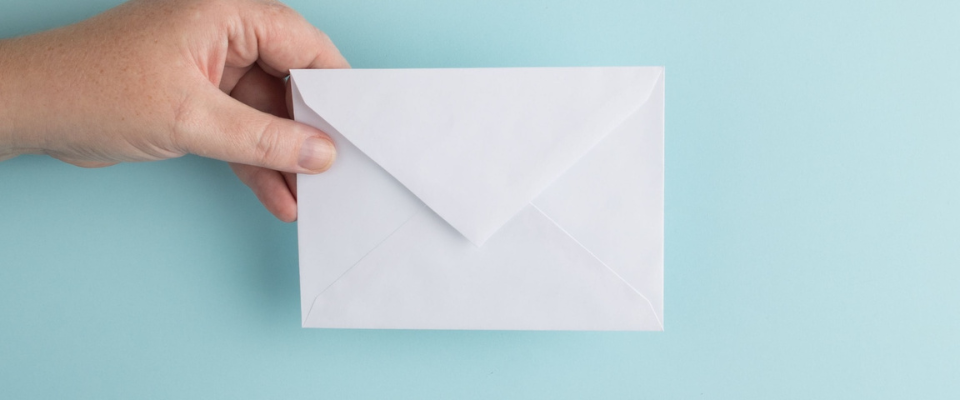
Superhuman is a subscribable email app. The creators say:
“We rebuilt the inbox from the ground up to make you brilliant at what you do. We specifically designed it for those of you who want the best.”
even something as simple and commonplace as emailing is getting the subscription treatment.
And, at $30 a month, Superhuman has received both incredible hype and criticism.
This New York Times article about it asks directly in the title “Would You Pay $30 A Month To Check Your Email?”
However, some claim that the cutting-edge speed and modern look of Superhuman make it all worthwhile.
Around the time hype surrounding this app was peaking, Campaign Monitor explored the benefits of its speed and design and some of its cons, including some privacy concerns.
How The Subscription-Based Model Benefits Creators
The subscription monetization strategy did not blow up by accident.
Many consumers have embraced it, and app developers love it too. In fact, subscription-based apps have become the revenue model favorite amongst many developers.
Let’s explore why.
A Revenue Boost
Subscription-based apps are simply more lucrative overall. When it comes to apps, your other options for revenue include running advertisements within your app, paying to download, and in-app purchases.
Subscriptions are one of the main ways apps make money, especially amongst OTT entertainment apps, like Netflix and Disney+, and dating apps.
As for the monetization approach, in-app purchases, subscriptions, and ads account for the majority of mobile app earnings. In 2023, ad spend is slated to hit $362 billion.
Earn More Consistent Revenue
The lives of entrepreneurs, businesses, and those at the forefront of tech can often be chaotic and unpredictable.
However, depending on how you structure your subscription program, it can help to potentially mitigate risk and guarantee a more steady, predictable income stream.
- Do your users pay monthly?
- Have you provided an option for them to pay for a certain timeframe all at once or in installments?
- Was your app built with how it will be monetized in mind?
Without subscriptions, random users will pop in and out of your app as they please, looking at ads or paying for things in the app. This can make it more difficult to extrapolate exactly how much revenue they will generate on an individual basis.
Customer lifetime value models, which predict the monetary value of a customer’s relationship with a business, can be simple or complex. They are used to tackle the problem of figuring out exactly how much revenue a customer will generate.
However, some say that these models are not useful and should not be used to make big business decisions. This is because quantifying all of the complex things that make up any relationship is nearly impossible.
But a subscription-based model can help clarify things.
The story suddenly looks very different when a user subscribes and pays for 3 months, 6 months, or an entire year. Within those confines, you now have a very basic understanding of exactly how much revenue each subscriber generates for you right out of the gate.
The Pros And Cons Of Subscription Culture
Ultimately, subscription culture is flourishing because people want guaranteed access to more of what they want and less of what they don’t want. And companies want that guaranteed income.
Initially, many people felt they were paying large amounts for cable, phone, and internet packages, and not using a lot of what they were paying for.
Consumers value convenience and being able to focus on what matters to them to most; without all the noise and distractions that freedom of choice can afford us.
Subscriptions also make it easier to navigate the endless amount of available information, media, and products.
While this might seem obvious, it is actually reflective of a massive shift in how people consume information and products, and what they expect moving forward in this decade.
Niche-ification and Subscription Culture
The rise of internet commerce and on-demand content has enabled individuals to access whatever they want at almost all times.
If they don’t like what’s on the radio, they don’t have to listen. If they don’t like what’s available in the stores around them, it doesn’t matter.
They can get virtually anything they want online or by downloading an app.
In fact, in terms of subscriptions, one of the more recent and interesting explosions has been in women’s fashion. There are numerous services where subscribers can access fashion.
Niche fashion subscriptions include specifically plus size clothing, designer clothing, athletic wear, and more.
Every month or quarter, subscribers pay a fee to have a selection of clothing delivered to their door. In many cases, they don’t even pick the clothing themselves.
Fashion subscription services like StitchFix, Trunk Club, and Rent The Runway are amongst the most well-known. Rent the Runway’s app focuses specifically on renting designer pieces to subscribers.
This has largely killed the days of everyone getting the same news and the same music and the same movies from the same places. People are subscribing to niche services, and apps instead.
They are doing this so much that a new type of app is on the rise. This type of app helps you manage your own subscriptions! It also alerts you of any price hikes and helps you cancel apps you don’t actually use. Common ones include Truebill, SubscriptMe, and Trackmysubs.
While this new subscription wave offers lots of opportunities in an exciting new market for both consumers and developers, it also presents some interesting new angles to be considered.
Subscription Burnout
Many are of the opinion that there are just too many apps and services, in general, to subscribe to, and they are tired of it.
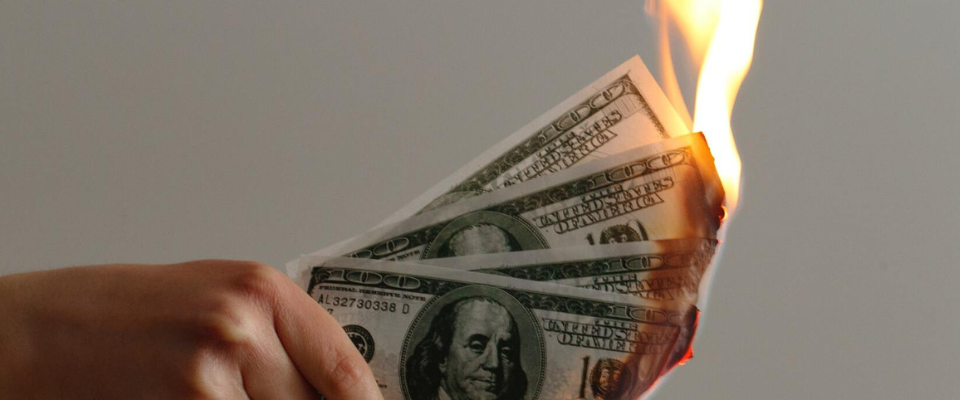
While there is fascinating potential in the field of apps for subscription-based app monetization, an oversaturated market can create issues for both creators and consumers.
For consumers, searching through a million apps that all seem the same can be confusing. Users also seem to be struggling even to keep track of their apps.
These apps, which typically promise efficiency and enjoyment, have become to some users just another financial drain and monthly payment to manage.
Also, there is a limit to just how much a person can subscribe to.
Most consumers have limited income and are not looking to spend a chunk of their paychecks on monthly subscription services.
With so many subscribe-able apps out there, breaking through this now crowded space to offer that freedom from choice users are desperately searching for has become a challenge of its own.
Recently, the rollout of the subscription known as Twitter Blue was met with widespread disdain.
At the same time, however, the cost of acquiring a subscriber was slashed in half in 2019 according to LiftLabs Mobile App Trends 2019 Report.
This bodes well for the subscription-based model if you’re to look at the CPA (cost per acquisition) as a barometer for gauging user willingness.
What Does Subscription Culture Mean For Your App?
The world of business is changing rapidly thanks to tech.
It is presenting both exciting new opportunities and challenges to developers, marketers, and consumers. People can get almost anything they want quickly and have high expectations because of it.
It is a competitive market for appreneurs and brands looking to connect with their users.
Now, almost all aspects of life have the potential for a subscription service to be attached.
Most popular subscription apps include a freemium version. This is a good idea, as offering users more value with a free tier can help ensure more actual subscription signups.
For example, Tinder, the world’s largest dating app, offers both a robust freemium version and a subscription option with numerous benefits.
Even though you can get a library card and get many books and audiobooks from your local library for free, the subscription apps that offer them for a fee are very successful.
Amazon started as an online bookstore and now owns Audible, a monthly audiobook subscription service.
What we watch, listen to, buy, and even who we meet, can all be mediated via subscription.
Consumers will pay to subscribe to something that they can get for free in the name of convenience, efficacy, or improved access.
Are Subscription Apps The Endgame?
Keep in mind that when it comes to anything in tech, there is no endgame.
Everything is constantly evolving.
While this is fascinating to be a part of for those who are passionate about tech, we can understand how it might be frustrating for somebody who just wants to grow their business.
Ultimately, while this type of app is popular right now, there is no guarantee that it always will be. It is just one option that you have in your app monetization arsenal.
Some claim that the subscription-app model is not as sustainable as many experts say. Even though Apple does not allow it, Ben Lovejoy at 9 to 5 Mac recommends a chargeable upgrade model instead.
In this model, users pay for upgrades to their apps rather than subscriptions to them. He says:
“My view is that this model is the true win-win. Developers have to make sufficiently big improvements to persuade users to pay for them; users get a choice, and likely better apps because developers have to justify the upgrade fees.”
Apple’s limitations on developers are a big reason why you see so many apps turning into subscription apps.
Final Thoughts on Subscription Culture
Remember that you don’t necessarily have to stick to only one model. You can combine them in a way that suits your business best.
For example, you can have a freemium app, in which consumers have the option to use a basic free version or pay a fee for the full version. You can choose to make this a one-time fee, or a subscription.
To bring in extra revenue, you can also run ads, and offer users the paid ability to hide said ads within the app.
The reality is, this is relatively new territory against an ever-changing landscape.
For better or for worse, this means that there are not a lot of strict rules or step-by-step universal guidelines. There are numerous options out there and which option suits your app best is a complex question to be explored at length.
One thing is for sure, and that is people have a lot of opinions on the rise of subscription-based apps.
For some, it is an exciting new development that has greatly improved their lives. For others, it is just another headache of hyper-modern life in the Digital Age.
As for developers; some are on the cutting edge and riding high. Others want a different dominant model.
It’s also starting to feel like some are resorting to subscriptions as a last resort to stay profitable. Movie theaters that have suffered low attendance for years are just one example.
Navigating this new subscription culture is proving to be a challenge, there’s no doubt about that.
Ultimately, consumers want instant access to what they value and to avoid everything else at all costs. They want convenience and to feel like they belong. Subscriptions offer a solution to these desires and provide all of these things at a price — one that modern consumers are currently willing to pay.
Subscription itself has existed for over a century, but never on such a vast scale.
It is becoming the virtual touchpoint through which you can do things that are both amazing and simple. Via subscription you can potentially meet your life partner, find your passion, discover a film that changes your life, check your email, or even just buy some gum.
What do you think? Comment below.
Since 2009, we have helped create 350+ next-generation apps for startups, Fortune 500s, growing businesses, and non-profits from around the globe. Think Partner, Not Agency.
Find us on social at #MakeItApp’n®




